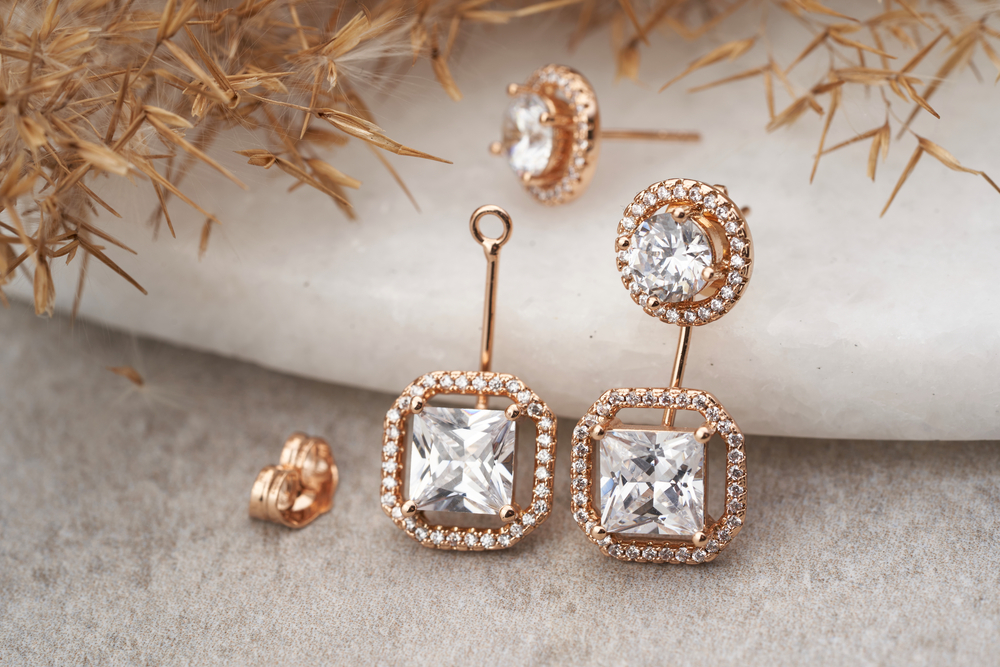
For engagement rings and other jewelry purchases, lab-grown diamonds are becoming increasingly popular. Most of the customers of lab-grown diamonds are millennials who are more concerned about the environment. This is mainly because diamonds made in a laboratory environment are eco-friendly and conflict-free. In addition to that, they are way cheaper than their natural counterparts, so people of every income group may be able to buy one.
In this article, we will take a look at some of the frequently asked questions about lab-grown diamonds.
Are Diamonds Grown In Labs Real Diamonds?
Lab-grown diamonds are chemically, physically, and visually identical to real diamonds. They’re genuine diamonds, with the same crystalline structure and lovely gleam as natural diamonds. Lab-grown diamonds have the same Mohs hardness often as natural diamonds. They’re equally as strong as natural diamonds, but they’re a lot less expensive.
Is It Possible To Tell The Difference Between A Natural Diamond And A Lab-Grown Diamond?
It’s impossible to distinguish between a lab-grown diamond and a natural one at first glance. But there are some minor details to keep an eye out for. Try to detect a small laser engraving on the girdle, the biggest area of the diamond that determines its contour when viewed from the top with a magnifying glass. Check to see if you can decipher it. An inscription on many lab-grown diamonds identifies them as lab-created.

A lab report number can also be engraved on the girdle of a diamond. If you go to the laboratory’s website and enter this number, you’ll be able to acquire a report that will tell you whether the stone was mined or developed in a lab, as well as a lot of other information. Only a renowned gemological lab can tell you whether a diamond is extracted or produced if there is nothing on the girdle.
How To Make A Lab-Grown Diamond?
HPHT and CVD are two methods that can produce jewelry-quality diamonds. HPHT is an acronym meaning High Pressure/High Temperature. This method is similar to how diamonds form in nature, which involves heating carbon to high temperatures and pressing it together. This time-consuming process necessitates a significant amount of energy.
Chemical Vapor Deposition, or CVD, isn’t as frightening as it sounds. A combination of hydrogen and methane gas is introduced in a chamber with a seed crystal in this method. Microwave power often raises the temperature of the chamber to a high level, which excites the gas. On the seed crystal, the diamond grows. The CVD process is less expensive than HPHT and has grown in popularity in recent years as modern technology has enabled higher-quality diamonds to be produced.
